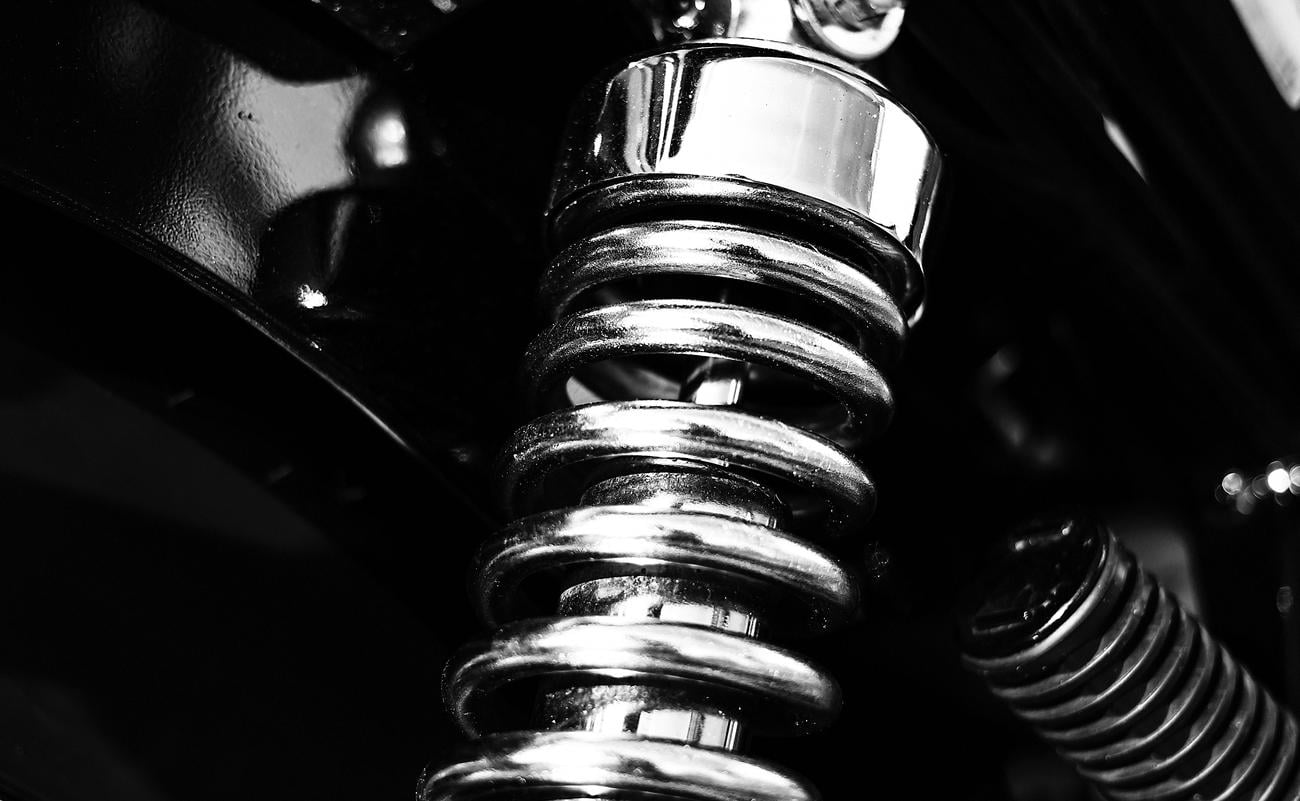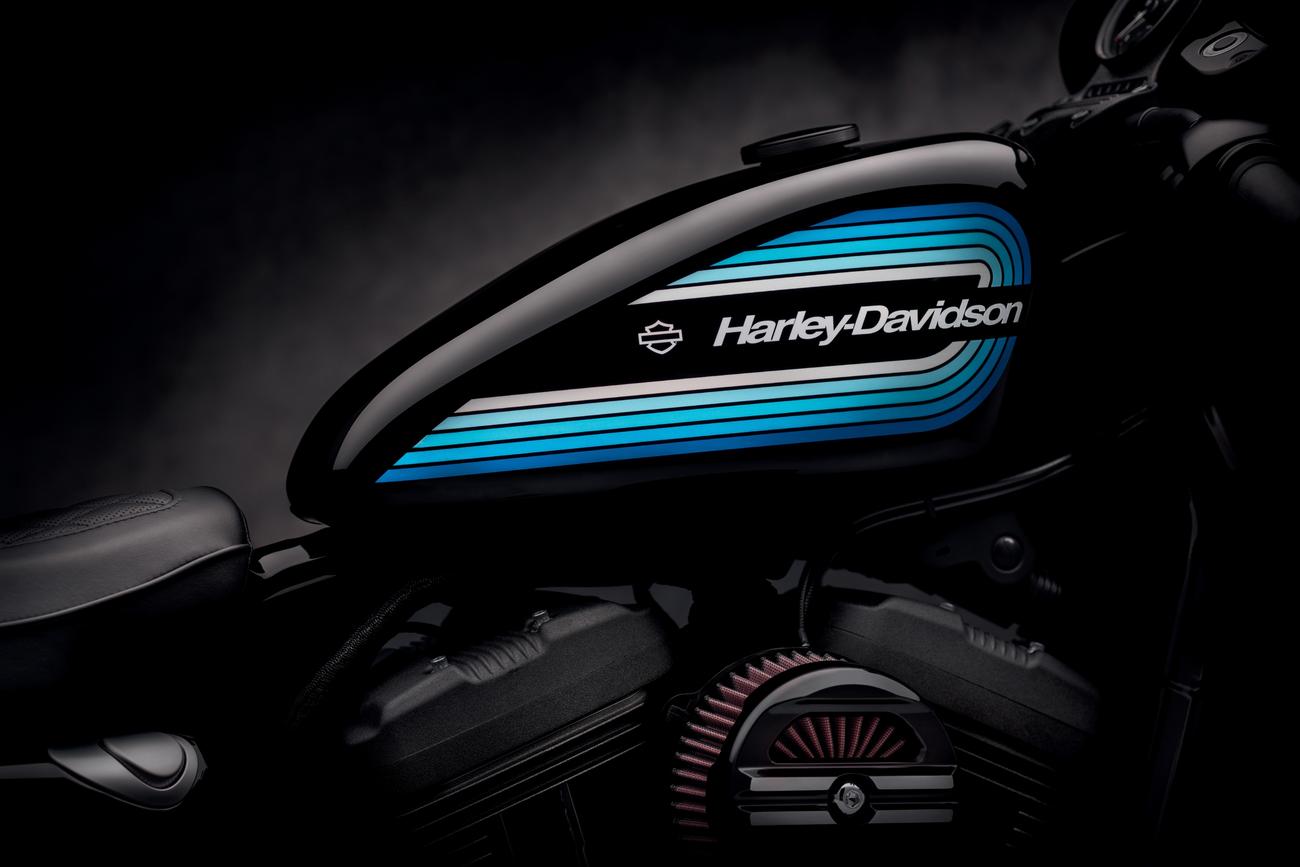Are you ready to uncover the secrets behind the heart and soul of motorcycles? In this article, we delve into the world of motorcycle engine design and bring you an array of fascinating facts that will leave you awestruck. From powerful combustion principles to state-of-the-art technologies, we explore the inner workings of these mechanical marvels. So, fasten your seatbelts, hold on tight, and get ready for a thrilling ride through the captivating world of motorcycle engine design facts.

Motorcycle Engine Design Facts
Motorcycle engines are the heart and soul of these exhilarating machines, and their design plays a crucial role in determining the performance and experience of riding. In this article, we will explore some fascinating facts about motorcycle engine design and unlock the power behind these incredible creations.
1. A Spectrum of Cylinder Configurations
Motorcycle engines can have anywhere from one to six cylinders, each offering its own unique characteristics. The most common configurations include singles, parallel twins, triples, fours, and sixes. Vee engines, such as V-twins and V-fours, and horizontally opposed engines, including flat-twins and flat-fours, also find their place in the motorcycle world. The design and arrangement of these cylinders impact factors such as power delivery, smoothness, and overall performance.
“From the raw power of a single-cylinder engine to the smoothness of a flat-four, motorcycle engines offer a diverse spectrum of configurations, each with its own distinct personality.”
2. The Reign of Gasoline Internal Combustion
While alternative fuels have gained traction in recent years, almost all production motorcycles still rely on gasoline internal combustion engines. These engines harness the explosive power of gasoline, converting it into kinetic energy that propels the motorcycle forward. However, it’s worth noting that the use of two-stroke engines has reduced due to emissions laws, with four-stroke engines becoming more prevalent in the industry.
3. Cylinder Head Design: A Gateway to Power
The design of the cylinder head in a motorcycle engine significantly affects combustion efficiency and power output. Everything from the shape and size of the combustion chamber to the arrangement of intake and exhaust ports plays a crucial role in optimizing performance. Engine designers meticulously fine-tune these details, seeking the perfect balance between power, fuel efficiency, and reliability.
“Within the confinements of a motorcycle engine’s cylinder head, a world of power awaits, where optimized airflow and combustion efficiency merge to create an exhilarating riding experience.”
4. Evolution of Engine and Gearbox Integration
Early on, motorcycle engines and gearboxes were separate entities, but as technology advanced, designers began integrating them into unit construction. This integration not only simplified the overall architecture of the motorcycle but also contributed to improved power delivery and overall performance. Today’s motorcycles benefit from this seamless integration, combining the engine and gearbox into a unified system.
5. From Steam to Gasoline: A Historical Journey
The first motorcycles made their debut in the late 19th century, powered by steam engines. However, it was the gasoline internal combustion engine that eventually became the standard, transforming the landscape of motorcycle design and performance. The iconic Daimler Reitwagen holds the honor of being recognized as the world’s first motorcycle, utilizing the Otto cycle gasoline internal combustion engine.
“From humble beginnings fueled by steam engines to blazing a trail with gasoline power, the history of motorcycle engine design is a testament to the pursuit of speed and performance.”
6. Transmission: Power to the Rear Wheel
In the realm of motorcycle engineering, transmitting power from the engine to the rear wheel is a critical task. The most common mechanisms employed for this purpose are belts, chains, or shafts. Each system has its advantages, with belts offering smoother power delivery, chains providing lighter weight and greater adjustability, and shafts offering durability and low maintenance requirements.
7. The Gearbox: Precision in Shifting
The gearbox allows riders to select the appropriate gear ratio for optimal power delivery at any given speed. These gearboxes typically offer six or seven ratios, with some heavy tourers and sidecar motorcycles even featuring a reverse gear. Traditionally, riders utilized foot-pedal shifting and manual clutches, but modern motorcycles have witnessed the rise of automatic or semi-automatic gearboxes, providing a more user-friendly and convenient riding experience.
“Every shift of a motorcycle gearbox is a symphony of precision, seamlessly blending power, acceleration, and the pure joy of riding.”
8. Engine Capacities: Varying Globally
Motorcycle engine capacities vary globally, with different regions showcasing their preferences. In Europe and the United States, larger engine capacities are more common, catering to a desire for power and high-speed performance. On the other hand, smaller displacement air-cooled single-cylinder engines dominate the global motorcycle market, offering lightweight agility and fuel efficiency.
9. Embracing Innovation Beyond Combustion
While gasoline internal combustion engines remain the norm, the motorcycle industry has witnessed a growing interest in alternative power sources. Electric and diesel-powered motorcycles have emerged as contenders alongside their gasoline counterparts. These innovations promise reduced emissions and a more environmentally friendly approach to riding.
10. Riding Responsibly: Graduated Licensing Systems
Developed countries often implement graduated licensing systems for motorcycle riders, requiring them to pass through different stages based on experience and skill levels. These systems help ensure that riders have the necessary knowledge and training to handle the power and complexity of motorcycles safely. By promoting responsible riding, they contribute to a safer and more enjoyable experience for all.
“Embracing the power of a motorcycle comes with great responsibility. Graduated licensing systems enable riders to gradually unlock the full potential of these incredible machines while prioritizing safety and skill development.”
In conclusion, motorcycle engine design is a captivating fusion of science, art, and relentless innovation. From the diverse configurations of cylinders to the intricate details of the cylinder head design, every aspect influences the performance and riding experience. As riders, we have the privilege of experiencing the culmination of these design marvels and reveling in the unmatched power and thrill they offer.
Motorcycle mechanics are skilled professionals who keep our beloved two-wheeled companions in tip-top shape. But did you know that there are fascinating fun facts about motorcycle mechanics? If you’re intrigued and want to learn more about these entertaining tidbits, click here to discover some mind-blowing facts about motorcycle mechanics. Don’t miss out on this opportunity to expand your knowledge and impress your friends with your newfound expertise. So, what are you waiting for? Embrace your curiosity and dive into the world of fun facts about motorcycle mechanics!
Fun Facts About Motorcycle Mechanics

FAQ
Question 1
What are the different configurations of motorcycle engines?
Answer 1
Motorcycle engines can have between one and six cylinders. Common configurations include singles, parallel twins, triples, fours, and sixes. Vee engines include V-twins and V-fours, while horizontally opposed engines include flat-twins and flat-fours.
Question 2
What type of engines do most production motorcycles use?
Answer 2
Almost all production motorcycles use gasoline internal combustion engines. Both two-stroke and four-stroke engines are used, but emissions laws have reduced the use of two-stroke engines.
Question 3
How does cylinder head design affect motorcycle engine performance?
Answer 3
Cylinder head design greatly affects combustion efficiency and power output in motorcycle engines. Optimizing the shape of the combustion chamber and the flow of air/fuel mixture into and out of the cylinder can significantly improve performance.
Question 4
What are the different gearbox configurations found in motorcycles?
Answer 4
Originally, engines and gearboxes were separate, but later designs combined them into unit construction. Gearboxes in motorcycles usually have up to six or seven ratios, with reverse gear occasionally found on heavy tourers and sidecar motorcycles.
Question 5
What type of engines were the first motorcycles powered by?
Answer 5
The first motorcycles were powered by steam engines in the late 19th century. However, the gasoline internal combustion engine became the standard and revolutionized the motorcycle industry.
- SYBAU See You Baby Meaning: Gen Z Slang Evolves - July 1, 2025
- Unlock Your Inner Youth: Lifestyle Secrets for a Vibrant Life - July 1, 2025
- Decode SYBAU Meaning: Gen Z Slang Explained - July 1, 2025






